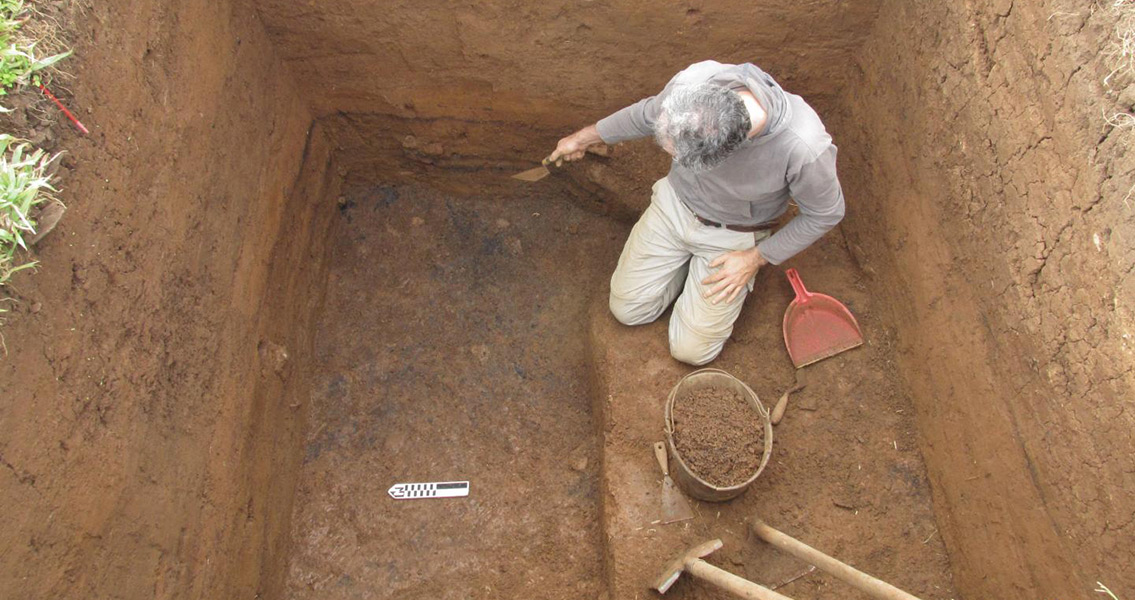<![CDATA[The Brazilian highlands are an expansive geographical region that encompasses around half of the country’s land mass – some 4,500,000 km² (1,930,511 sq mi) – and for some time the proto-Jê pit houses located there have been the object of debate when it comes to establishing the level of permanence their residents practiced. It was frequently assumed the sites experienced a cycle of short term occupations, divided by longer periods of abandonment, however, this has now been proven false. For the first time, new research shows that the proto-Jê pit houses were in fact used continuously, sometimes for centuries, thanks to the upkeep of and repairs performed by a long string of owners. For example, researchers have demonstrated that one of the houses was occupied continuously for over two centuries. Using Bayesian modelling and comprehensive radiocarbon dating, researchers determined one of the houses, located in Campo Belo do Sul, Brazil, was occupied from 1395 until 1650. They uncovered twelve separate floors (five of which were covered with the burned and collapsed remains of a roof) each built on top of the other, using the methods and materials available at the time. Other updates and renovations were completed using various types of ceramics and techniques also reflective of the time period. Many of the discussions regarding site permanence in the Brazilian highlands have been based on single dates for a selected strata of a pit house, when in fact there were many strata representing many generations in almost all of the houses. The research has also revealed more information about how the southern proto-Jê groups lived, providing insight into their burial rites while also suggesting a certain degree of social inequality and more intensive use of the land than previously believed. Additionally, some of the pit house residents grew a variety of plants, which contradicts the belief that they didn’t stay anywhere long enough to allow for the cultivation of horticulture for an entire year. Pit houses first appeared in the highlands about 415 CE, primarily isolated or in small clusters, with a few groupings of up to 107 houses. The structures are elliptical or circular and normally don’t exceed 5 meters in diameter. There are larger houses however, that can be more than 25 meters in diameter and as much as 7 meters in depth. The pit houses are typical to the Taquara-Itararé tradition, along with other types of earthen architecture, including linear walls, circular enclosures and mounds. A large diversity has been found to exist within the tradition, as seen in the ceramics, site types, and settlement patterns. This diversity is found not just in earthworks, but in litho-ceramic sites, rock art sites, and rock shelters. This tradition began spreading throughout southern Brazil in approximately 380 BCE and lasted until the seventeenth century. The research was completed by experts with the Universidade de São Paulo, the University of Reading, and the Unisul and Centro Universitário Univates. The study has been published in PLOS ONE. Image courtesy of University of Exeter ]]>
New Research Shows Brazilian Pit Houses Were Homes to Generations
